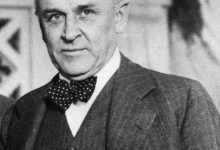Biography of Joseph John Thomson

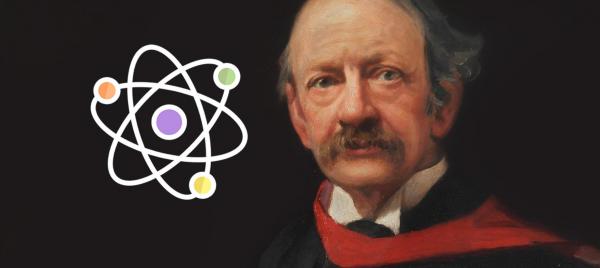 Joseph John Thomson
Joseph John ThomsonBiography of Joseph John Thomson
Full Name: Sir Joseph John “J. Jay.” Thomson
Date of birth: Manchester, Greater Manchester
Place of birth: August 30, 1940
Nationality: British
Profession: Physicist
Fame: Thomson model, electron and isotope discovery, Thomson scattering, mass spectrometry, work on electrical properties of gases
Place of education: University of Manchester, University of Cambridge
Died: 30 August 1940 (age 83), Cambridge, Cambridgeshire
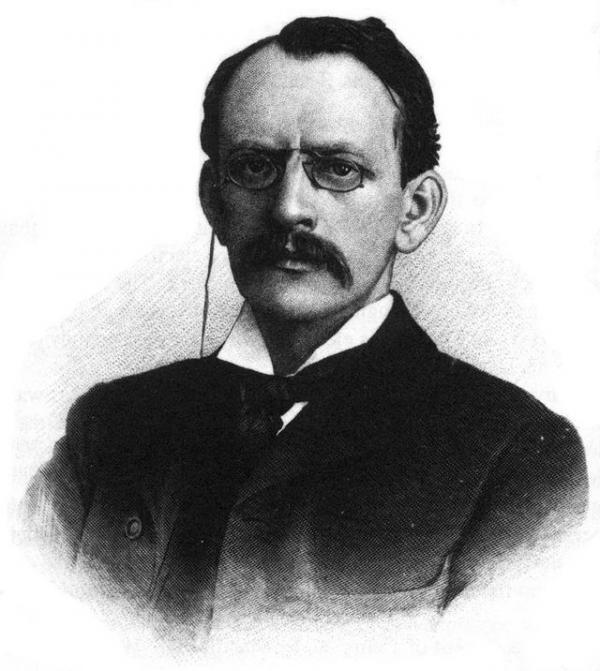 Biography of Joseph John Thomson
Biography of Joseph John ThomsonBiography of Joseph John Thomson
Sir Joseph John “J. Jay.” Thomson was born on December 18, 1856 in Cheetham Hill, a suburb of Manchester, England. He had a modest background, as his father was an accountant for a textile company. Despite financial constraints, Thomson's parents recognized his academic potential and encouraged him to study. Thomson attended Owens College (now the University of Manchester), where he excelled in mathematics and physics. He graduated in mathematics in 1879 and continued his studies at Trinity College, Cambridge. It was during his time at Cambridge that Thomson developed a keen interest in the emerging field of experimental physics.
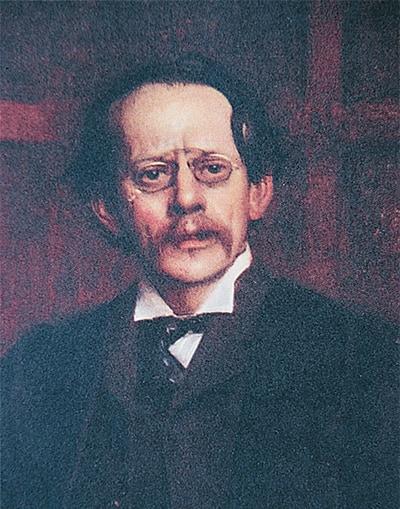 About Joseph John Thomson
About Joseph John ThomsonDiscoveries and contributions
Discover the electron
Thomson's most important contribution to science was the discovery of the electron. In the late 19th century, scientists were trying to understand the nature of electric current and the behavior of cathode rays. Through a series of ingenious experiments using cathode ray tubes, Thomson showed that cathode rays are composed of negatively charged particles much smaller than atoms. He proposed the existence of these particles and named them “bodies”, which later became known as electrons. Thomson's discovery revolutionized the understanding of atomic structure and laid the foundation for the development of modern physics.
Plum pudding model
Based on his findings about the electron, Thomson proposed a new model of the electron. Atom known as “plum pudding model”. According to this model, the atom was thought of as a positively charged “pudding” with negatively charged electrons inside, similar to the distribution of raisins in plum pudding. This model provided a new perspective on atomic structure and was widely accepted until further experiments led to the development of the nuclear model.
Nobel Prize and Legacy
Joseph John Thomson received the Nobel Prize in Physics in 1906 in recognition of his pioneering work on the electron. His discoveries paved the way for further advances in atomic physics and led to the development of technologies such as television and electronic devices that rely on the behavior of electrons. Thomson's contribution went beyond his scientific discoveries. He was a dedicated teacher and mentor, and many of his students became influential scientists in their own right. Thomson's research and teachings had a profound impact on the field of physics and continue to inspire generations of scientists.
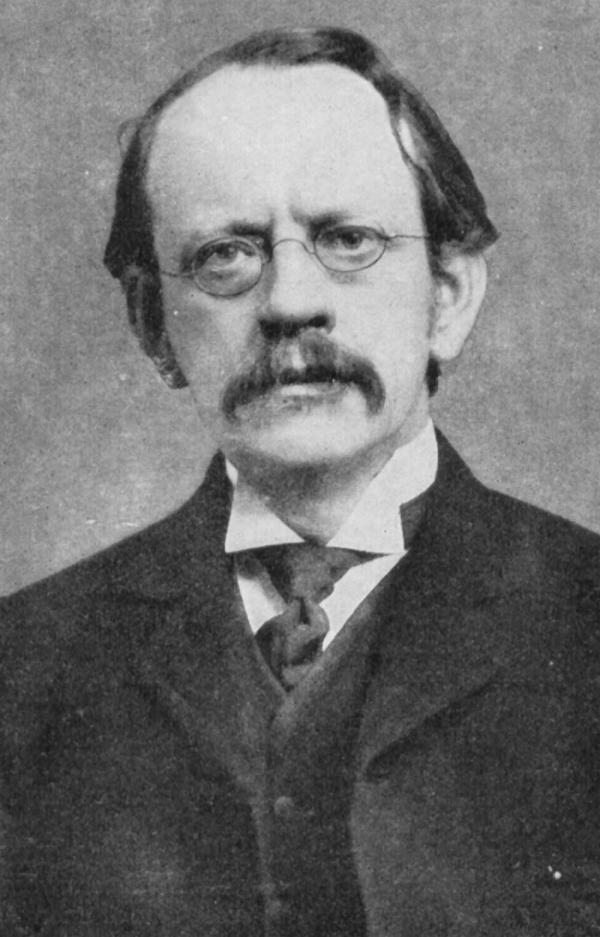 The Scientific Proceedings of Joseph John Thomson
The Scientific Proceedings of Joseph John ThomsonThe structure of the atom before the discovery of the electron
Before discovering the electron, Thomson believed that the atom was a solid sphere filled with positively charged matter. However, after the discovery of the electron, he proposed a new atomic model, according to which the atom is composed of negatively charged electrons trapped in a sphere of positively charged matter. This model is known as the Thomson model of the atom.
A continuation of the life and honors of Joseph John Thomson
In 1918, Thomson became professor at Trinity College, Cambridge. He was in this position until his retirement in 1940. During this time, he continued his research and made significant contributions to the development of mass spectrometry. Thomson received many honors and accolades throughout his career. He served as president of the Royal Society from 1915 to 1920 and received honorary degrees from universities around the world.
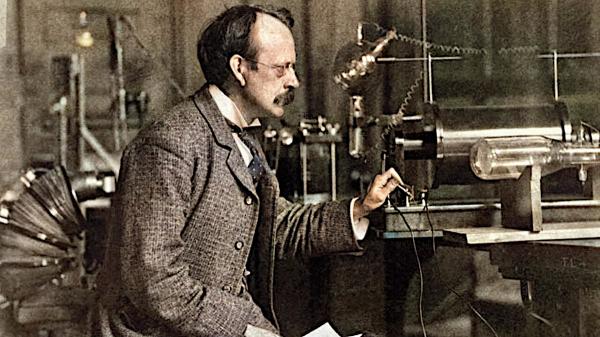 Honors Joseph John Thomson
Honors Joseph John ThomsonA final word about Joseph John Thomson
Joseph John Thomson's pioneering discoveries and contributions in the field of physics cemented his position as one of the most influential scientists in history. From the discovery of the electron to the development of the plum pudding model, Thomson's work revolutionized our understanding of atomic structure and laid the foundations of modern physics. Beyond scientific achievements, Thomson's commitment to teaching and mentoring has made a lasting impact on the scientific community. His legacy continues to inspire and guide future generations of scientists, ensuring that his contributions to physics will never be forgotten.
compilation: Cover biographical section
